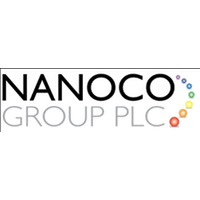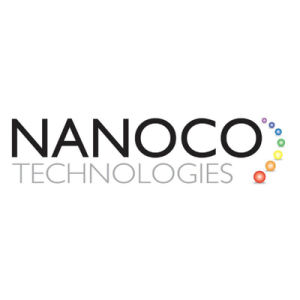Lance Wheeler looks at glassy skyscrapers and sees untapped potential. Houses and office buildings, he says, account for 75% of electricity use in the United States, and 40% of its energy use overall. Windows, because they leak energy, are a big part of the problem. “Anything we can do to mitigate that is going to have a very large impact,” says Wheeler, a solar power expert at the National Renewable Energy Laboratory in Golden, Colorado.
Nanoco (LON:NANO) leads the world in the research, development and large-scale manufacture of heavy-metal free quantum dots and semiconductor nanoparticles for use in displays, lighting, solar energy and bio-imaging.


